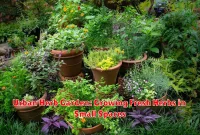Discover the enchanting world of butterfly gardening – a sanctuary that not only captivates with its beauty but also plays a crucial role in supporting pollinators. Learn how to create a haven for butterflies and other pollinating insects in your own backyard.
Introduction to Butterfly Gardens
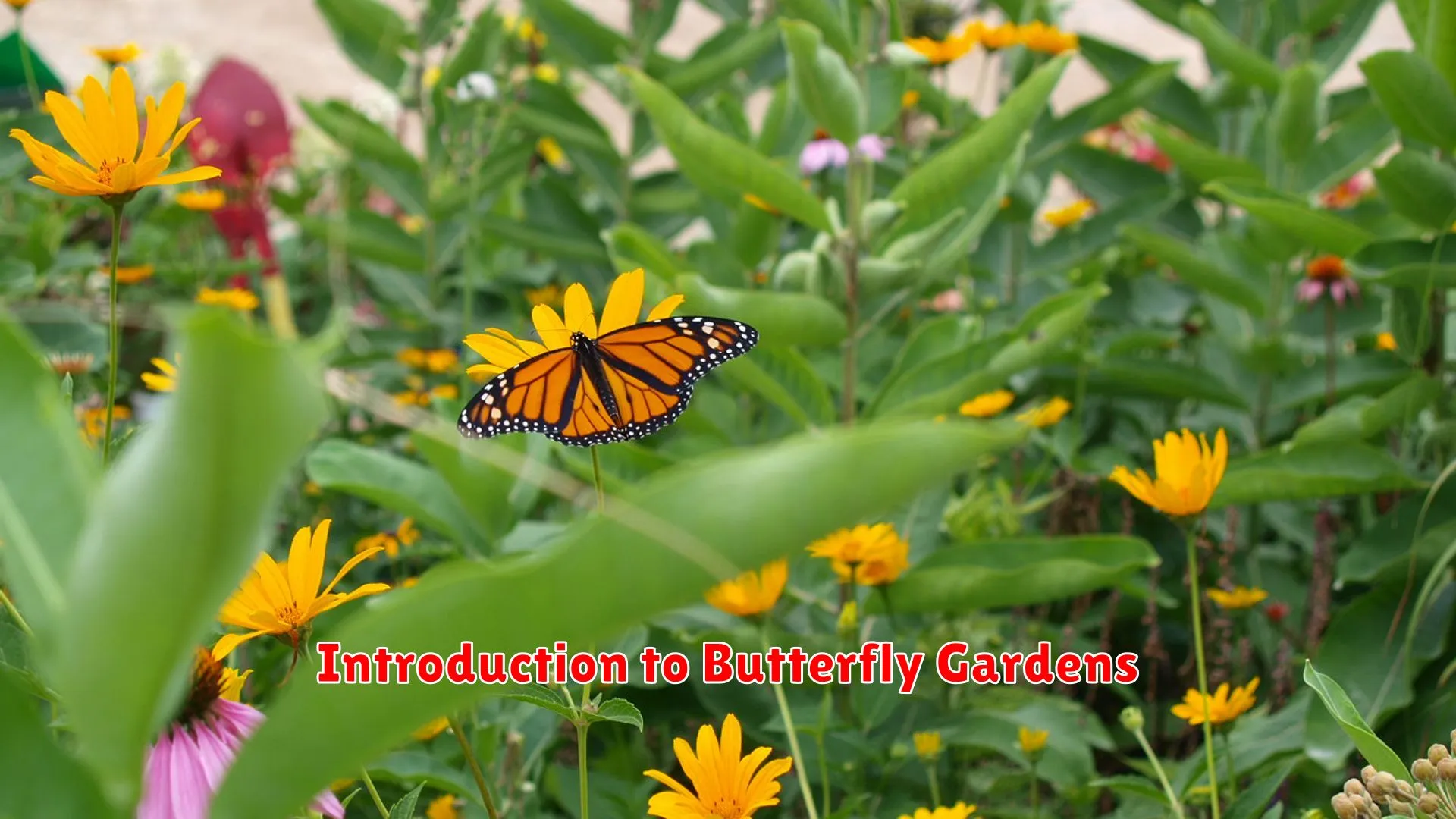
A butterfly garden is a specially designed garden that provides a welcoming habitat for butterflies and other pollinators. These gardens are cultivated with specific plants, flowers, and features that attract and support butterflies throughout their life cycles.
Creating a butterfly garden involves thoughtful planning to ensure that it meets the needs of these delicate insects. By incorporating a variety of nectar-rich flowers, host plants for caterpillars, and sheltered resting spots, you can establish a haven that encourages butterfly activity.
Butterfly gardens not only beautify spaces with their colorful blooms and graceful visitors but also play a vital role in supporting local ecosystems. As pollinators, butterflies assist in the reproduction of many plant species, making them essential for the health of our environment.
Selecting Butterfly-Attracting Plants
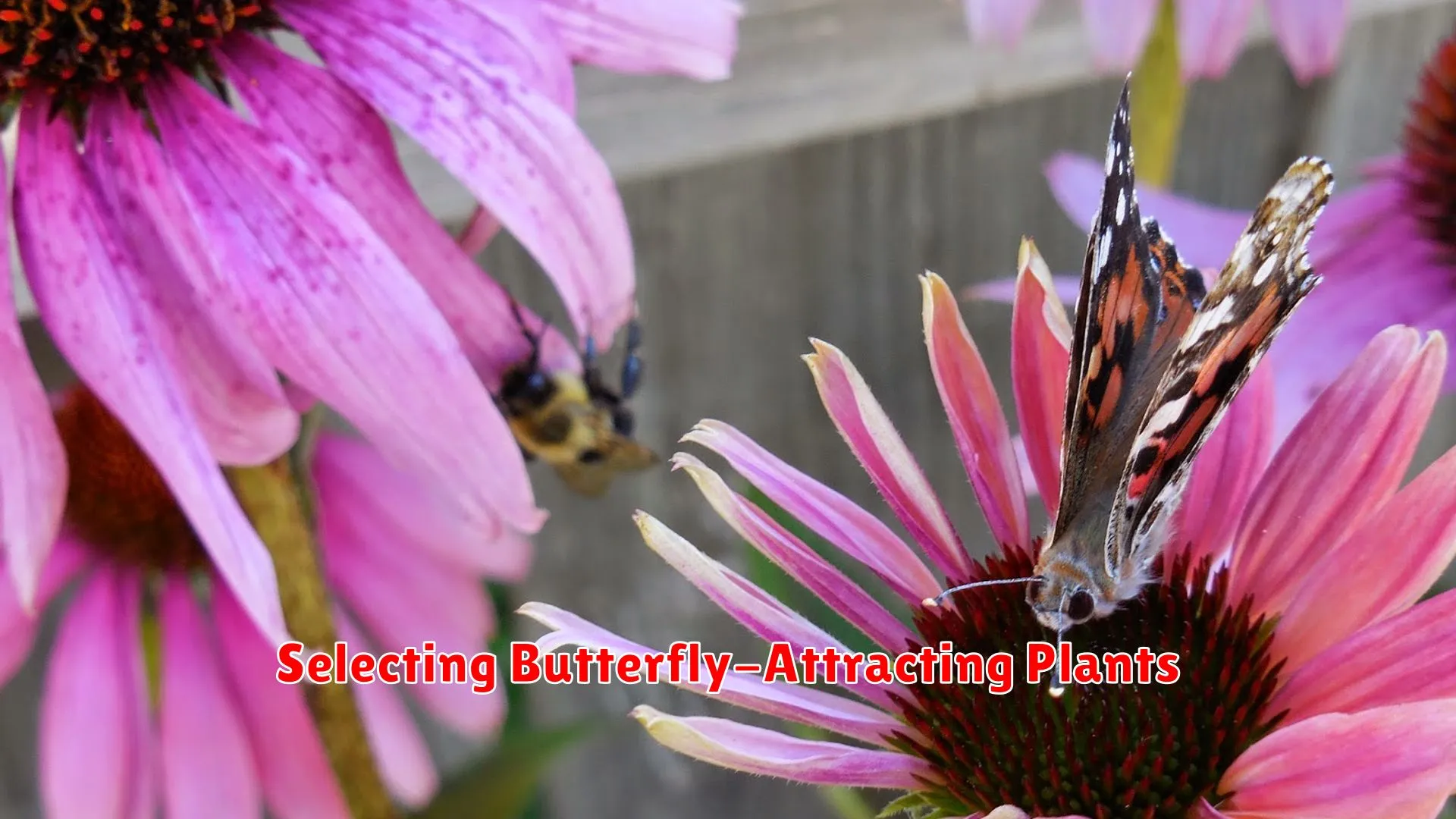
When creating a butterfly garden to attract these beautiful winged creatures and other important pollinators, selecting the right plants is crucial. Butterflies are attracted to flowers that provide nectar, shelter, and host plants for their larvae. Here are some tips for selecting the best plants for your butterfly haven:
1. Choose Native Plants
Native plants are adapted to the local climate and soil conditions, making them ideal choices for attracting butterflies. Research native plant species that are known to attract butterflies in your region.
2. Opt for Brightly Colored Flowers
Butterflies are drawn to brightly colored flowers, especially those in shades of pink, purple, red, yellow, and orange. These vibrant hues signal the presence of nectar-rich blooms that butterflies find irresistible.
3. Include a Variety of Flower Shapes
Different species of butterflies have varying preferences for flower shapes. Include a mix of flower shapes such as clusters, tubes, and flat surfaces to cater to a diverse range of butterfly species.
4. Provide Host Plants for Caterpillars
In addition to nectar plants, incorporate host plants that caterpillars can feed on. Different butterfly species lay their eggs on specific host plants, so including a variety of host plants is essential for supporting the complete butterfly life cycle.
5. Consider Seasonal Blooms
Plant a mix of early, mid, and late-season blooming flowers to provide a continuous food source for butterflies throughout the year. This ensures that your butterfly garden remains attractive to these fragile insects in every season.
By carefully selecting butterfly-attracting plants that offer nectar, habitat, and food for all life stages, you can create a thriving butterfly garden that not only enhances the beauty of your outdoor space but also supports the vital role of butterflies as pollinators.
Designing a Pollinator-Friendly Layout

When creating a butterfly garden to serve as a haven for butterflies and pollinators, it’s essential to focus on designing a pollinator-friendly layout. Here are some key considerations to keep in mind:
1. Select Native Plants:
Choose native plants that attract butterflies and other beneficial insects. Native plants are adapted to the local environment and provide essential food sources for pollinators.
2. Include a Variety of Flowers:
Plant a diverse array of flowering plants that bloom at different times of the year. This ensures a continuous source of nectar for butterflies and other pollinators throughout the seasons.
3. Provide Shelter and Resting Spots:
Integrate shrubs, trees, and grasses into your garden to create sheltered areas where butterflies can rest and seek protection from predators and harsh weather conditions.
4. Avoid Pesticides:
Refrain from using pesticides and herbicides in your garden, as these chemicals can harm butterflies and other pollinators. Opt for natural and eco-friendly pest control methods instead.
5. Create Water Sources:
Include shallow dishes of water or a small pond in your garden to provide pollinators with a source of water for drinking and bathing.
By incorporating these elements into your garden design, you can create a pollinator-friendly environment that not only attracts beautiful butterflies but also supports the essential role of pollinators in maintaining a healthy ecosystem.
Providing Water Sources and Shelter
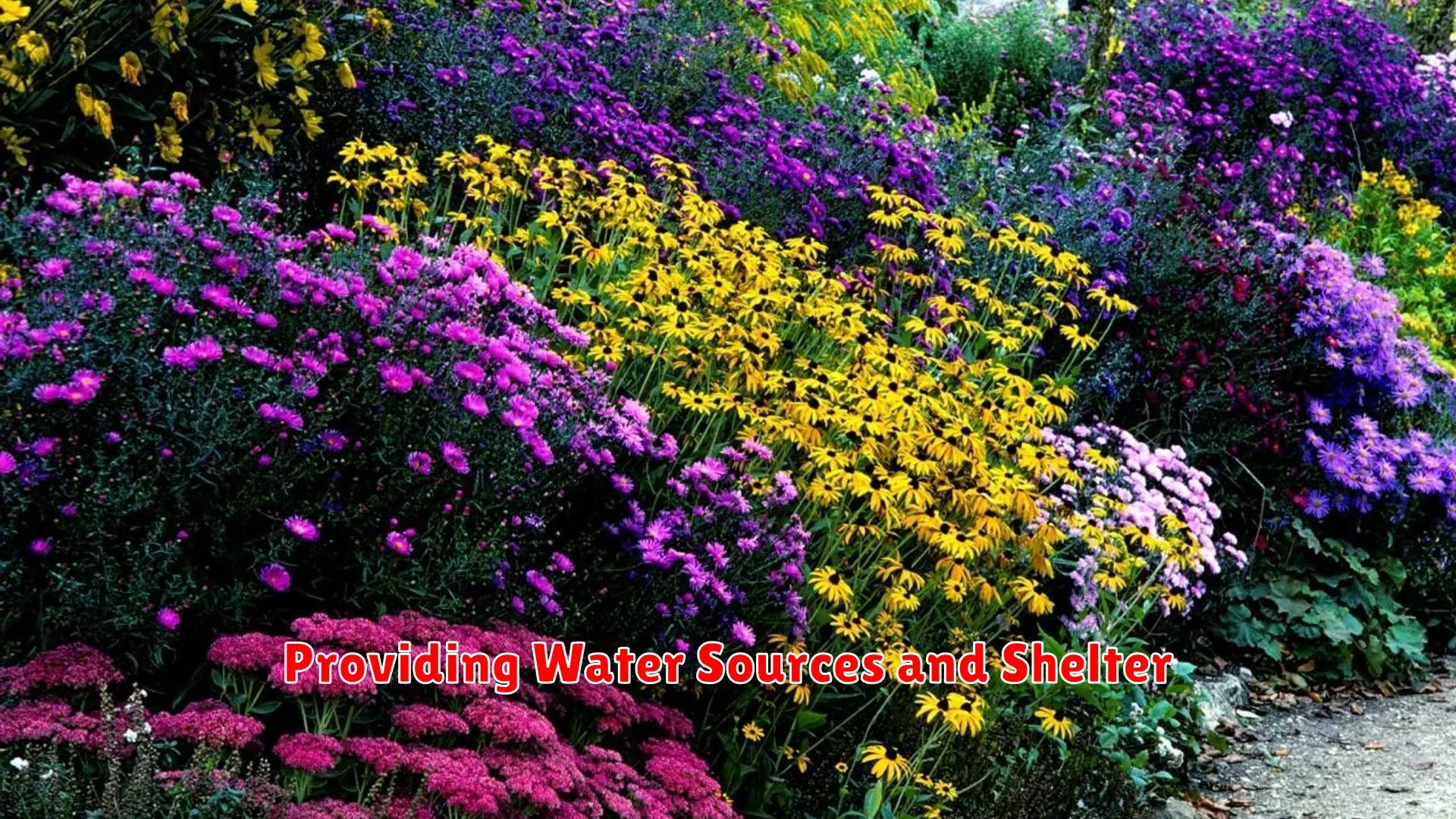
In a Butterfly Garden aimed at creating a haven for butterflies and pollinators, providing adequate water sources and shelter is essential. Butterflies require access to clean water for drinking and puddling. Puddling is when butterflies gather on wet soil or sand to extract minerals and nutrients.
One way to offer water sources is by placing shallow dishes or containers filled with water and adding pebbles or rocks to provide perches for butterflies. Additionally, creating small ponds or birdbaths can attract butterflies while also benefiting other wildlife in the garden.
For shelter, planting a variety of nectar-rich flowers and natives plants can provide butterflies with places to rest, hide from predators, and protect themselves from harsh weather conditions. Trees and shrubs with dense foliage can serve as roosting spots and protective cover for butterflies.
By ensuring the availability of water sources and shelter in a Butterfly Garden, you can create a welcoming environment that supports the needs of butterflies and other pollinators, ultimately contributing to the success of your garden as a biodiversity hotspot.
Incorporating Host Plants for Caterpillars
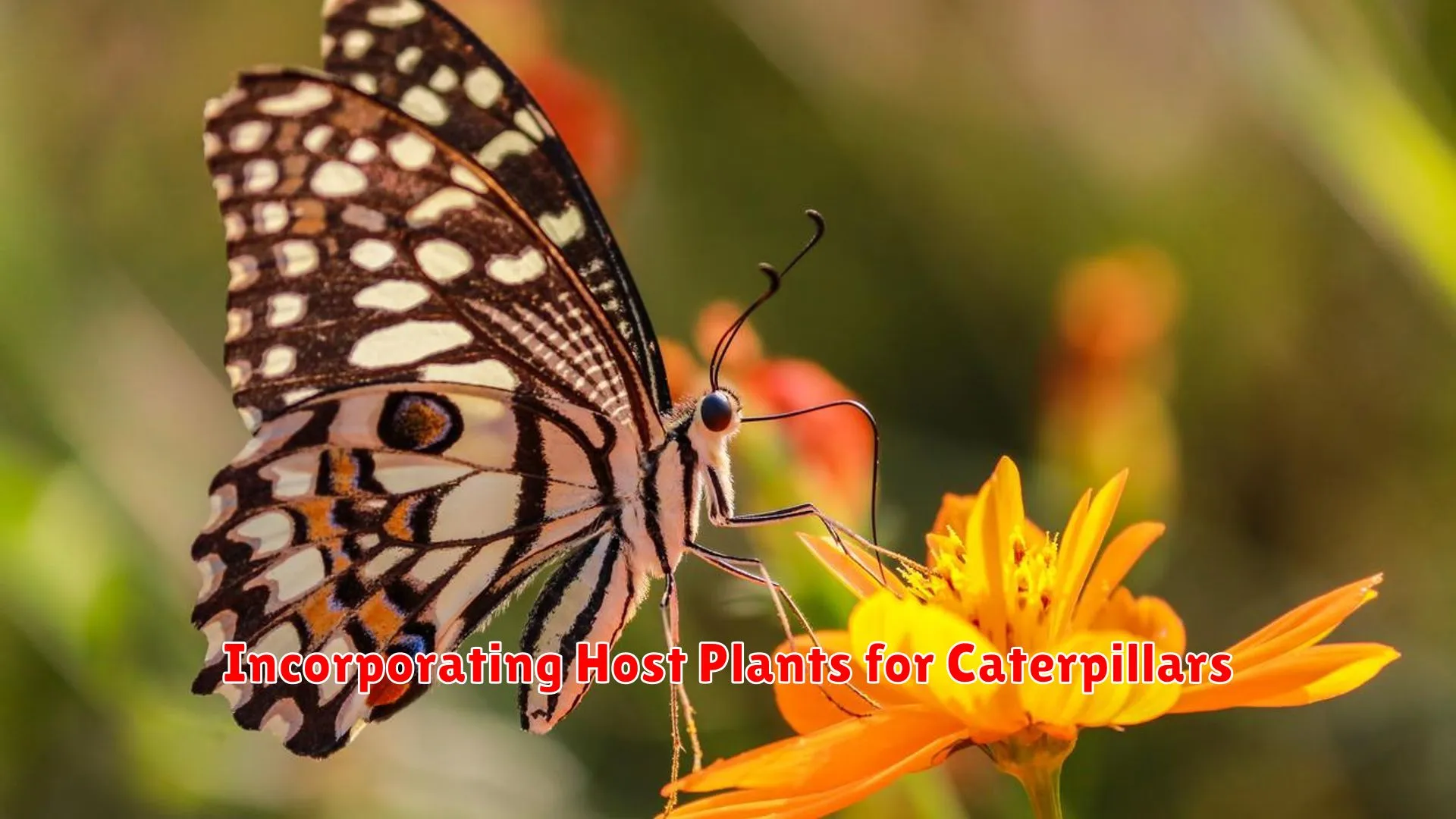
Creating a successful butterfly garden goes beyond just planting nectar-rich flowers for adult butterflies; it also involves incorporating host plants for caterpillars. Host plants are essential as they provide a place for butterflies to lay their eggs and serve as a food source for caterpillars as they grow and develop.
When designing your butterfly garden, ensure you include a variety of host plants that caterpillars of different butterfly species will feed on. Research the specific host plants needed for the butterflies native to your region to better support their life cycle.
Some common host plants for caterpillars include milkweed for monarch butterflies, dill for swallowtail butterflies, and parsley for black swallowtails. By including these host plants, you can attract a diverse range of butterflies to your garden.
Remember to provide adequate space for host plants and avoid using pesticides in your garden to ensure the health and safety of caterpillars. By incorporating host plants for caterpillars, you can create a welcoming environment that supports the complete lifecycle of butterflies and helps in conserving these beautiful pollinators.
Tips for Garden Maintenance and Observation

Creating a beautiful and thriving butterfly garden involves more than just planting flowers. Regular garden maintenance and observation are crucial to ensure that your garden remains a welcoming haven for butterflies and other pollinators. Here are some essential tips to help you maintain and observe your butterfly garden:
Maintain Native Plants
Choose native plants that provide food and habitat for local butterflies and pollinators. Regularly water and fertilize your plants to keep them healthy and vibrant. Remove any weeds that may compete with your plants for resources.
Provide Shelter and Water Sources
Include sheltered areas such as shrubs or trees where butterflies can rest out of the wind and harsh sun. Place shallow dishes filled with water and pebbles in your garden to provide butterflies with a source of hydration.
Monitor Butterfly Activities
Regularly observe your garden to track butterfly visitors and their behaviors. Keep a journal or create a log to record the types of butterflies you see, their feeding preferences, and any notable interactions. This can help you tailor your garden to better suit the needs of these beautiful insects.
Control Pests Naturally
Avoid using chemical pesticides in your garden as they can harm butterflies and other beneficial insects. Instead, opt for organic pest control methods such as handpicking pests, introducing beneficial insects, or using insecticidal soaps.
Maintain a Clean Garden Environment
Regularly remove debris such as fallen leaves and old flowers to prevent the buildup of pests and diseases. Ensure that your garden is a clean and welcoming space for butterflies to thrive.
Conclusion
Butterfly gardens play a crucial role in supporting biodiversity by providing a sanctuary for butterflies and pollinators. By cultivating these gardens, we can actively contribute to the conservation of these essential species.



